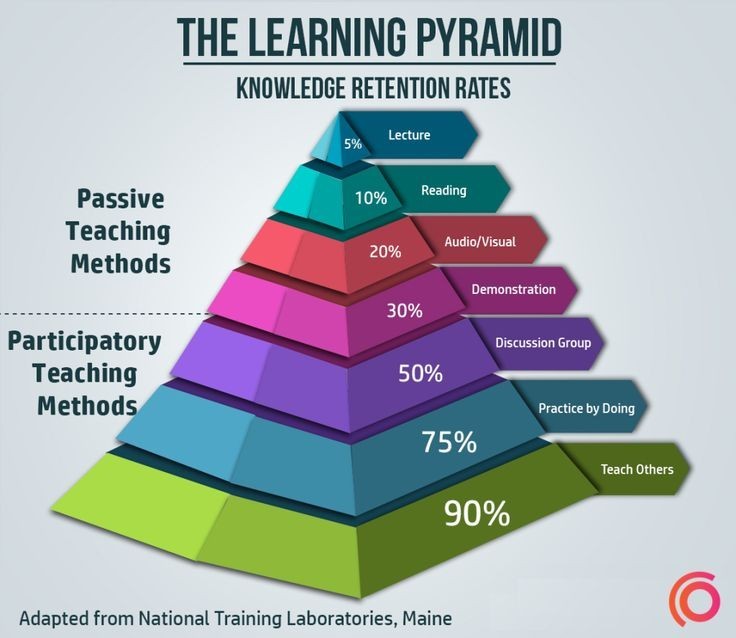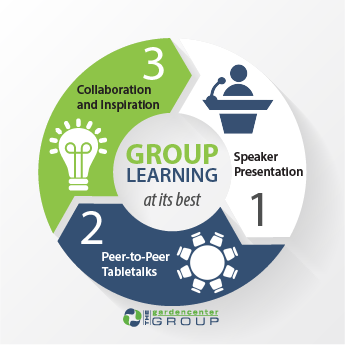e-Learning Ecologies MOOC’s Updates
Peer-to-peer learning
Lateral learning relations—peer to peer learning based on a clearly stated task objectives and a program of structured feedback and revision. The teacher designs projects, allowing students to self-manage their work and to work with others, with teacher oversight and supervision as needed. (Kalantzis and Cope, New Tools for Learning: Working with Disruptive Change)
Peer learning is not a single, undifferentiated educational strategy. It encompasses a broad sweep of activities. For example, researchers from the University of Ulster identified 10 different models of peer learning (Griffiths, Housten and Lazenbatt, 1995). These ranged from the traditional proctor model, in which senior students tutor junior students, to the more innovative learning cells, in which students in the same year form partnerships to assist each other with both course content and personal concerns. Other models involved discussion seminars, private study groups, parrainage (a buddy system) or counseling, peer-assessment schemes, collaborative project or laboratory work, projects in different sized (cascading) groups, workplace mentoring and community activities.
The term 'peer learning', however, remains abstract. The sense in which we use it here suggests a two-way, reciprocal learning activity. Peer learning should be mutually beneficial and involve the sharing of knowledge, ideas and experience between the participants. It can be described as a way of moving beyond independent to interdependent or mutual learning (Boud, 1988).
The potential of peer learning is starting to be realized, but examination of the ways in which it is used in existing courses suggests that practices are often introduced in an ad hoc way, without consideration of their implications. When such practices are used unsystematically, students unfamiliar with this approach become confused about what they are supposed to be doing, they miss opportunities for learning altogether, and fail to develop the skills expected of them. Much peer learning occurs informally without staff involvement, and students whoa re already effective learners tend to benefit disproportionately when it is left to chance.
Formalized peer learning can help students learn effectively. At a time when university resources are stretched and demands upon staff are increasing, it offers students the opportunity to learn from each other. It gives them considerably more practice than traditional teaching and learning methods in taking responsibility for their own learning and, more generally, learning how to learn. It is not a substitute for teaching and activities designed and conducted by staff members, but an important addition to the repertoire of teaching and learning activities that can enhance the quality of education.
It is important to consider who are the 'peers' in peer learning. Generally, peers are other people in a similar situation to each other who do not have a role in that situation as teacher or expert practitioner. They may have considerable experience and expertise or they may have relatively little. They share the status as fellow learners and they are accepted as such. Most importantly, they do not have power over each other by virtue of their position or responsibilities. Throughout the book we will be discussing the role of students who are in the same classes as those from whom they are learning.
One example of a P2P course organisation in school: http://www.elliemackin.net/troy-to-marathon.html
Another P2P in community dancing courses: https://www.mitramartin.com/peer-to-peer-learning-1
Source:
https://tomprof.stanford.edu/posting/418



